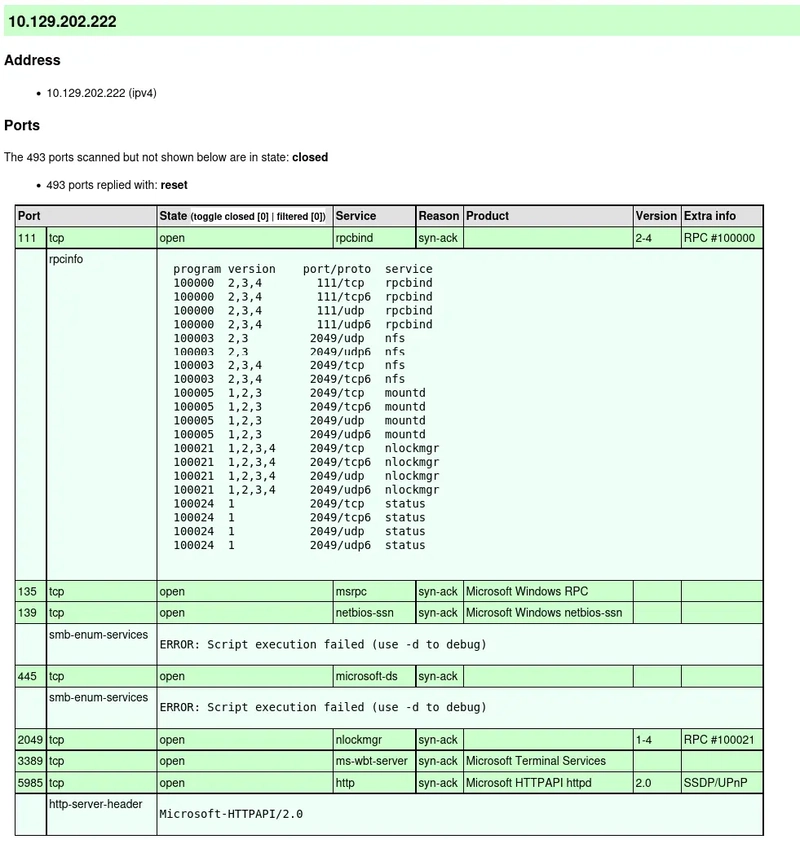10 Daily Linux Questions and Answers Series (part 9)
In this brief article, I present 10 essential Linux questions along with their answers. This foundational knowledge is crucial for anyone seeking to master Linux. Cut Command Q1: What is the cut command used for in Linux? cut is used to extract sections from each line of input files or data. Q2: How do you use cut to extract the first column from a file separated? cut -d 'delimiter' -f 1 filename Q3: How do you extract only the usernames from the /etc/passwd file? cut -d ':' -f 1 /etc/passwd Q4: How can you extract a specific range of characters, say characters 5 to 10, from each line of a file? cut -c 5-10 filename Q5: How do you extract multiple columns, say the 2nd and 4th fields, from a CSV file? cut -d ',' -f 2,4 filename.csv Q6: How do you use cut to extract a range of fields, for example, fields 2 to 5? cut -d ' ' -f 2-5 filename Q7: What will happen if you use cut without specifying a delimiter when extracting fields? It will use the default delimiter, which is a tab. Q8: How can you use cut with ls -l to display only file sizes? ls -l | cut -d ' ' -f 5 Q9: How do you extract the last field using cut? cut -d ' ' -f $(awk '{print NF}' filename) filename Q10: How can you extract fields from a log file where fields are separated by multiple spaces? cut -d ' ' -f 1-5 filename Stay tuned for part 10 coming tomorrow! Connect with me on LinkedIn #30DaysLinuxChallenge #RedHatEnterpriseLinux #CloudWhistler #CloudEngineer #Linux #DevOps #RedHat #OpenSource #CloudComputing #Automation #CloudEngineer

In this brief article, I present 10 essential Linux questions along with their answers.
This foundational knowledge is crucial for anyone seeking to master Linux.
Cut Command
Q1: What is the cut command used for in Linux?
cut is used to extract sections from each line of input files or data.
Q2: How do you use cut to extract the first column from a file separated?
cut -d 'delimiter' -f 1 filename
Q3: How do you extract only the usernames from the /etc/passwd file?
cut -d ':' -f 1 /etc/passwd
Q4: How can you extract a specific range of characters, say characters 5 to 10, from each line of a file?
cut -c 5-10 filename
Q5: How do you extract multiple columns, say the 2nd and 4th fields, from a CSV file?
cut -d ',' -f 2,4 filename.csv
Q6: How do you use cut to extract a range of fields, for example, fields 2 to 5?
cut -d ' ' -f 2-5 filename
Q7: What will happen if you use cut without specifying a delimiter when extracting fields?
It will use the default delimiter, which is a tab.
Q8: How can you use cut with ls -l to display only file sizes?
ls -l | cut -d ' ' -f 5
Q9: How do you extract the last field using cut?
cut -d ' ' -f $(awk '{print NF}' filename) filename
Q10: How can you extract fields from a log file where fields are separated by multiple spaces?
cut -d ' ' -f 1-5 filename
Stay tuned for part 10 coming tomorrow!
Connect with me on LinkedIn
#30DaysLinuxChallenge #RedHatEnterpriseLinux
#CloudWhistler #CloudEngineer #Linux
#DevOps #RedHat #OpenSource
#CloudComputing #Automation
#CloudEngineer









































































